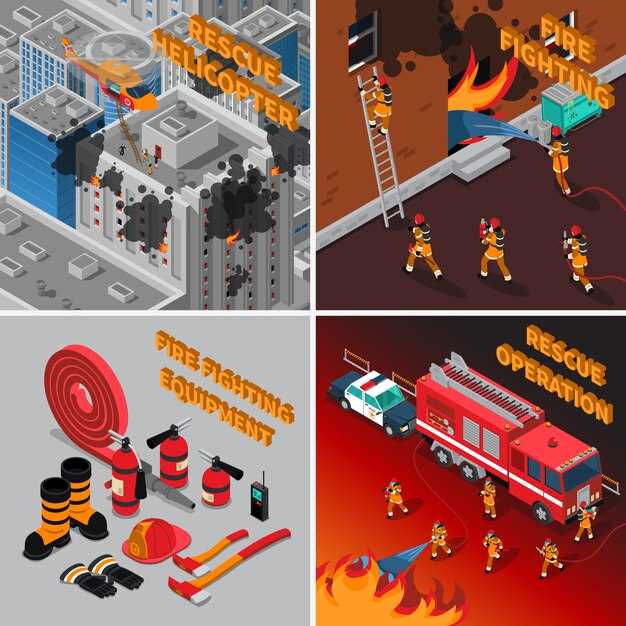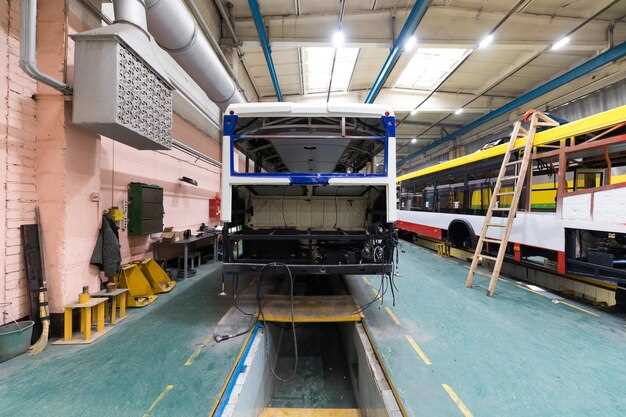
In the high-octane world of motorsports, where speed and precision are paramount, ensuring safety is a top priority. One critical aspect of race car safety is the implementation of effective fire suppression systems. These sophisticated extinguisher solutions play a vital role in mitigating the risks associated with fires, which can occur due to fuel leaks, crashes, or mechanical failures during high-speed races.
Modern fire suppression systems are designed not only to extinguish flames but also to prevent fires from igniting in the first place. Utilizing advanced technology, these systems can automatically detect heat and flames, activating within seconds of a potential hazard. This rapid response is crucial in protecting drivers, teams, and spectators alike, minimizing the chances of catastrophic incidents on the racetrack.
The implementation of fire suppression systems has led to significant advancements in race car safety. Designed for both effectiveness and reliability, these systems reduce the time it takes to respond to a fire emergency, significantly improving the chances of escape for drivers in the event of a fire. Investing in cutting-edge fire technology not only enhances safety but also reflects the commitment of teams and organizations to uphold the highest standards of performance and protection in the sport.
Types of Fire Suppression Systems Used in Race Cars

Race cars are subjected to extreme conditions, making fire suppression systems crucial for driver safety. Various types of systems are deployed to quickly extinguish fires that may arise during races.
The most common type is the onboard fire suppression system, which typically consists of a network of nozzles strategically placed throughout the car. These nozzles are connected to a fire extinguisher filled with either a chemical agent or foam that effectively smothers flames. When activated, the system releases this agent to quickly eliminate fire threats.
Another effective system is the handheld fire extinguisher, which drivers can use during an emergency. These extinguishers are easy to operate and are often equipped with a quick-release mechanism, allowing the driver to address small fires before they escalate.
A specialized gaseous fire suppression system is also employed in high-performance race cars. These systems utilize inert gases such as Halon or CO2 to displace oxygen, effectively suffocating the fire. This method is preferred in many scenarios as it reduces the risk of damaging sensitive electronic components and has minimal cleanup requirements.
Some advanced models integrate automatic detection systems that can sense heat or flames. These systems are designed to activate the fire extinguisher automatically, providing an added layer of safety for the driver even if they are incapacitated.
In conclusion, the types of fire suppression systems used in race cars vary widely, each engineered to ensure rapid response and effective extinguishing of fires, thus enhancing overall safety during racing.
Maintenance Practices for Fire Extinguishing Equipment on Race Cars
Ensuring optimal fire safety in race cars requires diligent maintenance of fire extinguishing equipment. Regular inspections and servicing are crucial to guarantee that all systems are functional and ready for emergencies.
Firstly, it is important to check the pressure gauges on fire extinguishers and suppression systems. These gauges indicate whether the systems are properly charged. Replace or recharge any units that show insufficient pressure.
Secondly, examine the physical condition of all fire suppression components. Look for signs of wear, corrosion, or damage. Any component that appears compromised should be replaced immediately to maintain safety integrity.
Moreover, consult the manufacturer’s guidelines for specific servicing schedules. Adhering to these recommendations ensures compliance with safety standards and the effective functioning of the equipment.
In addition, regular training sessions for drivers and crew members on the operation of fire extinguishing systems are essential. Familiarity with the equipment can save valuable time during critical incidents and enhance overall safety.
Finally, keep detailed records of maintenance activities, including dates, inspections, and any repairs or replacements made. These records not only help monitor equipment status but also demonstrate a commitment to safety standards.
Emergency Protocols for Drivers in Case of Fire

In the event of a fire during a race, drivers must follow specific emergency protocols to ensure their safety and that of others on the track. Immediate recognition of the situation is crucial. If a driver detects smoke or flames, it is essential to act quickly and decisively.
First, the driver should assess the level of danger. If the fire is manageable, the use of an onboard extinguisher can be initiated. Most race cars are equipped with a fire extinguisher system designed for quick access. Drivers should familiarize themselves with the location and operation of this equipment before the race.
If the fire is extensive, the priority shifts to evacuating the vehicle. Drivers must remain calm, unbuckle their safety harnesses, and exit the car as quickly as possible. It is vital to stay low to avoid inhaling smoke and to use the nearest exit point to escape the vehicle safely.
Once out of the car, drivers should promptly move to a safe distance from the vehicle to prevent injury from potential explosions or further fire spread. It is advisable to lead or signal for immediate assistance from track officials or emergency responders.
Communication is essential during a fire incident. Drivers should stay in contact with their team via radio, if possible, to report on their status and any changes in the situation.
Regular fire drills and training on these emergency protocols can significantly enhance driver safety. Becoming accustomed to the steps to be taken can improve response time and effectiveness during an actual fire event.












